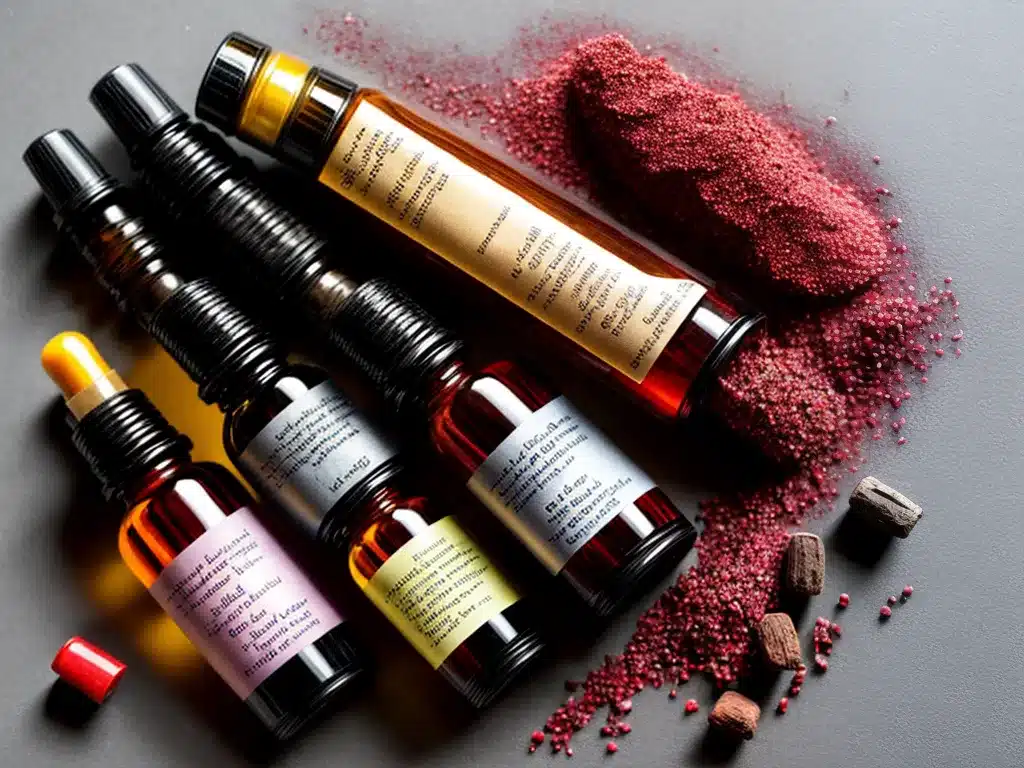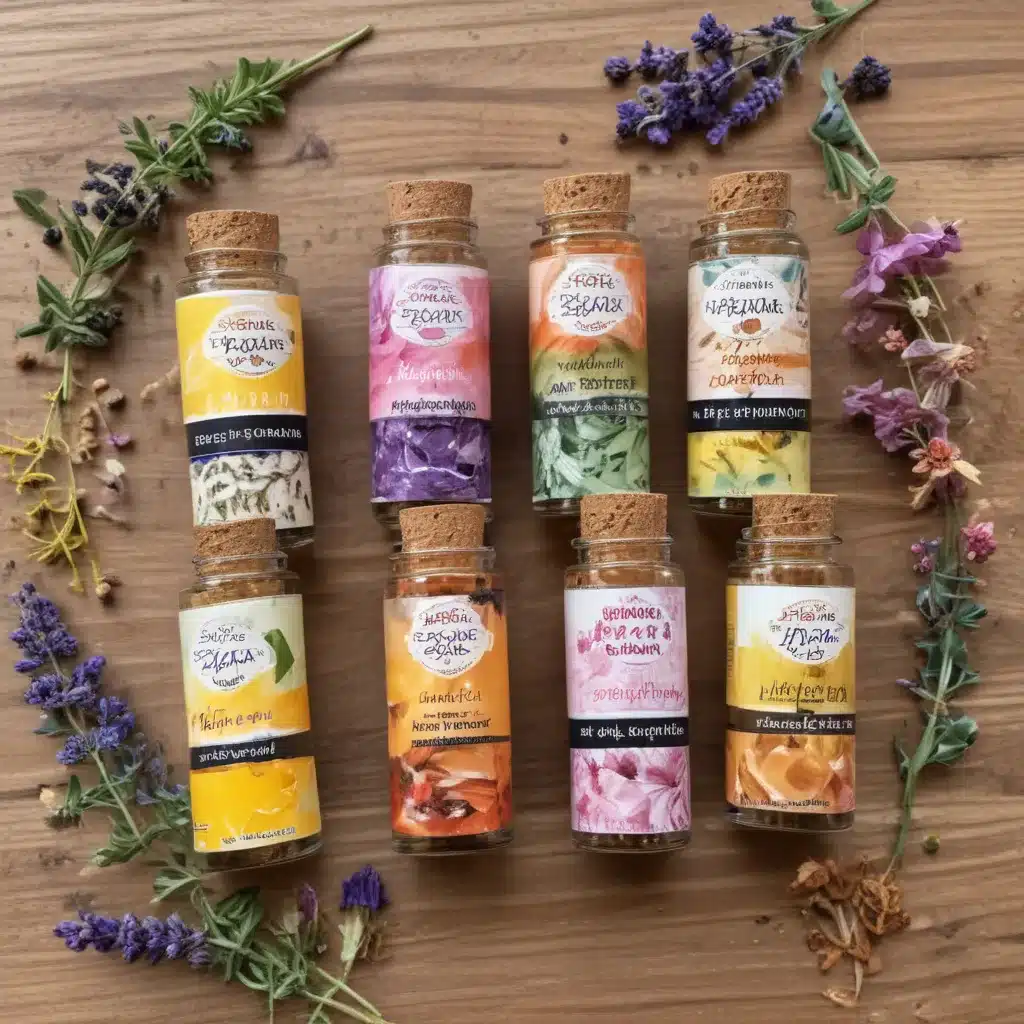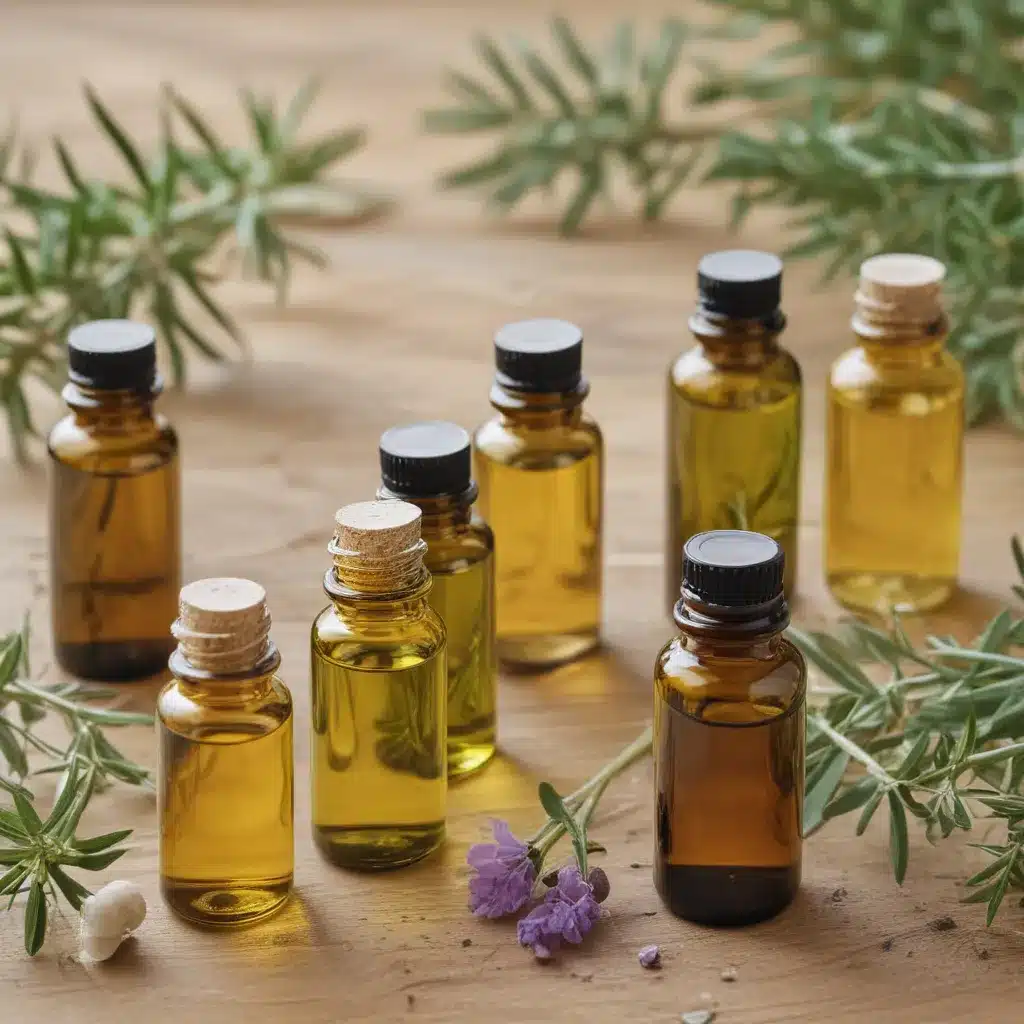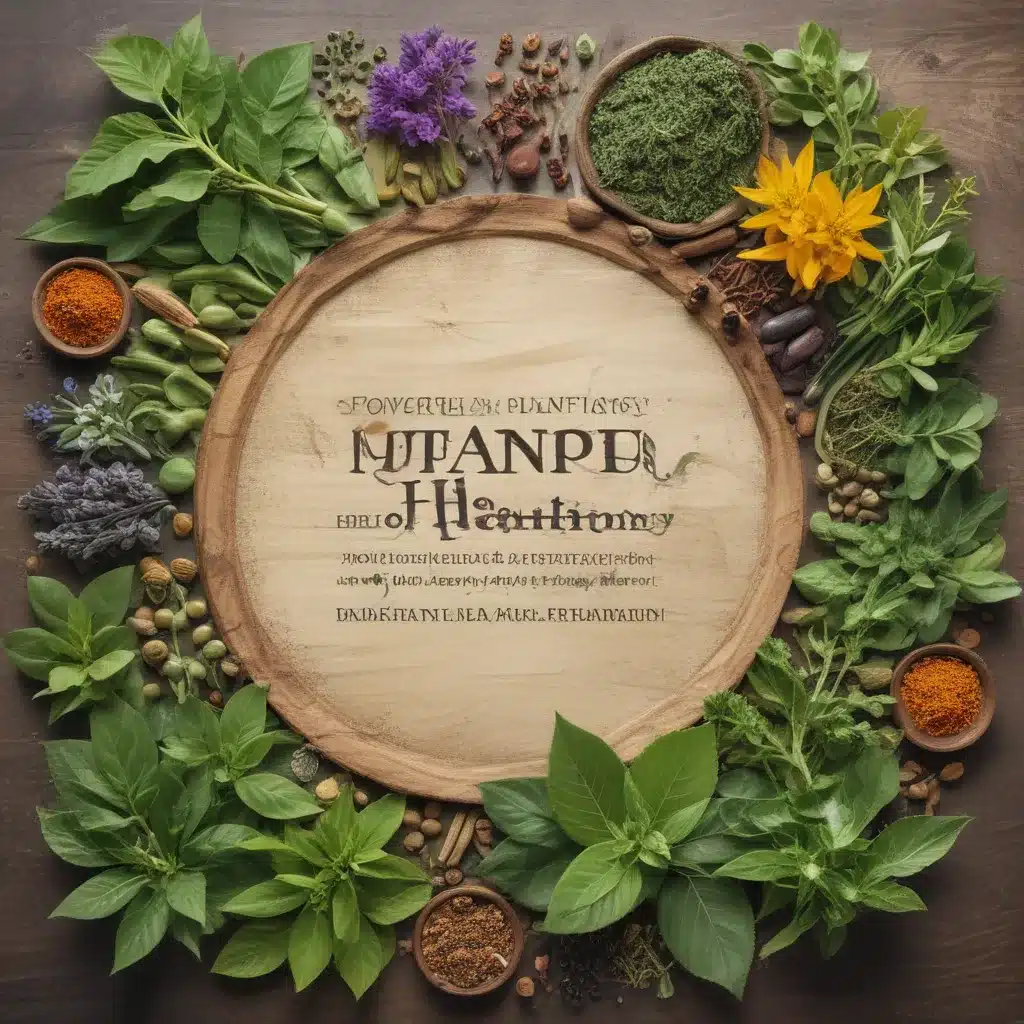
An Introduction to Rare Essential Oils
Essential oils are highly concentrated oils extracted from plants, trees and other natural materials like resin. Many popular essential oils like lavender, peppermint and tea tree are widely available. However, there are some truly rare and exotic essential oils that I find fascinating. In this article, I’ll explore some of these unique essential oils, including dragons blood, frankincense, agarwood and rose.
The Mystical Dragons Blood
What is Dragons Blood Resin?
Dragons blood is a deep red resin that comes from a variety of different plants. The most prized dragons blood comes from the Daemonorops draco tree native to the tropical forests of Indonesia. This rare palm species produces an exotic resin that has been used medicinally and to make varnishes and dyes since ancient times.
The resin earned the name “dragons blood” from its red color and mystical properties. Legends state that dragons would fight over the trees, wounding each other and bleeding on the trunks. The dragons blood resin is harvested by wounding the trunk of the tree to release the precious red sap.
How Dragons Blood Essential Oil is Produced and Its Benefits
To produce the essential oil, solvents extract the resin to form a concentrate. The essential oil captures the woody, earthy scent of dragons blood. It has hints of fruitiness underneath.
Dragons blood essential oil is very mild but offers great skin care benefits. It has natural antioxidants, so it helps fight signs of aging. It also promotes cell regeneration and wound healing. I keep this precious oil as an ingredient in custom skincare blends for mature complexions.
Frankincense – A Biblical Aromatic Treasure
The Origins of the Frankincense Tree
Frankincense oil comes from resin extracted from trees in the Boswellia genus. Most grow natively in the arid regions of India, Somalia and parts of the Arabian Peninsula. These small trees have white flowers and papery leaves, with peeling bark. Frankincense trees produce a white milky sap which turns into precious, aromatic resin.
Frankincense is one of the oldest known aromatics, used for over 5000 years. It was highly prized in ancient times, as an incense, perfume and medicine. Frankincense even gets multiple mentions in the Bible as a treasured aromatic.
Steam Distilling Frankincense Resin into Essential Oil
To produce the essential oil, frankincense resin goes through steam distillation. The steam causes volatile compounds like terpenes and boswellic acids to evaporate out of the resin. These aromatic compounds condense and get collected as they cool, forming what we know as frankincense essential oil.
Frankincense oil has a woody, spicy, slightly citrusy aroma. In skin care, it has mild astringent properties to help improve tone, elasticity and appearance of aging. The scent also acts as an aid for stress relief and meditative breathing.
Exotic Agarwood – “Wood of the Gods”
The Rare and Precious Agarwood Tree
Agarwood is the exotic resinous heartwood produced by Aquilaria species of trees native to Southeast Asia. In nature, the trees get infected with a mold which causes the tree to produce a fragrant, protective resin deep in its trunk. This incredibly rare and valuable resin-embedded wood is referred to as agarwood or oudh.
Top quality agarwood has been dubbed “wood of the gods” in ancient texts. Early records indicate its use over 3000 years ago. Unfortunately, the high demand for agarwood has caused widespread depletion of these trees in the wild.
How Agarwood Essential Oil is Produced
To produce agarwood essential oil, ethically sourced resin and wood chips are put through hydrodistillation. This involves using hot steam and pressure to extract the precious compounds from this exotic wood.
The resulting essential oil is warm, rich, sweet and woody with incredible staying power. Oudh oil is often described as animalic and leathery too. Even small amounts blend beautifully with other floral, woody and spicy oils.
The Queen of Flowers – Rare and Exquisite Rose
Ancient Reverence for the Rose Flower
The rose has an ancient history going back thousands of years as ornamental blooms, perfume, food, medicine and more. Rose petals yield one of the world’s most luxurious essential oils. It takes a staggering 4000 pounds of rose petals to produce 1 pound of rose oil – known as the queen of essential oils.
Historical accounts talk of rose essential oil uses in religious ceremonies, funerals, weddings and more. Roses were revered by Egyptian nobility like Cleopatra as a beauty aid. Rose continues to symbolize love to this day.
How Rose Essential Oil is Produced
There are several techniques to produce rose oil from petals including solvent extraction, supercritical extraction and steam distillation. Bulgaria produces most of the worlds rose essential oil from Rosa damascena or the Damask rose.
In May and June when the roses bloom, flower petals get harvested in early morning when scent compounds are most concentrated. Petals then quickly get steam distilled to yield the precious clear oil with its floral, slightly spicy, honey-like aroma.
True Bulgarian rose oil soothes skin, uplifts mood with its divine aroma and has mild anti-inflammatory effects. With its high material and production costs, rose oil is one of the most expensive essential oils in the world. A few drops go a long way and should be savored.
I hope you’ve enjoyed this glimpse into some of the worlds rarest and most exclusive essential oils. These natural aromatic treasures offer mystical, exotic allure along with practical skin, health and emotional benefits too. They deserve a special place in any essential oil collection.





















